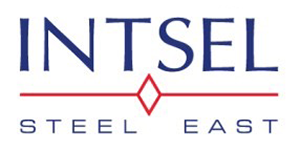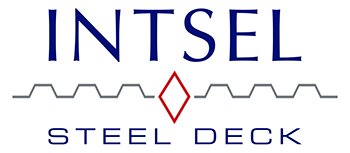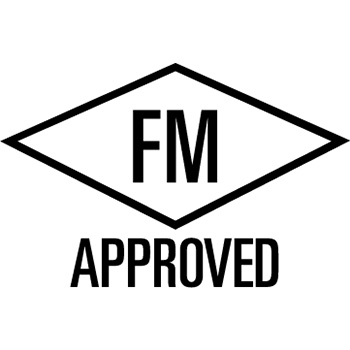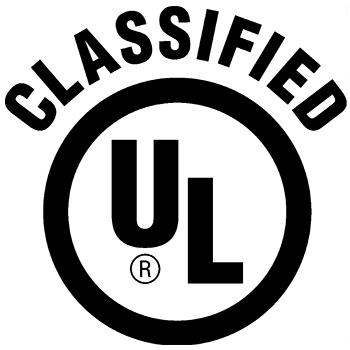Which Types Of Steel Beams Should You Order?
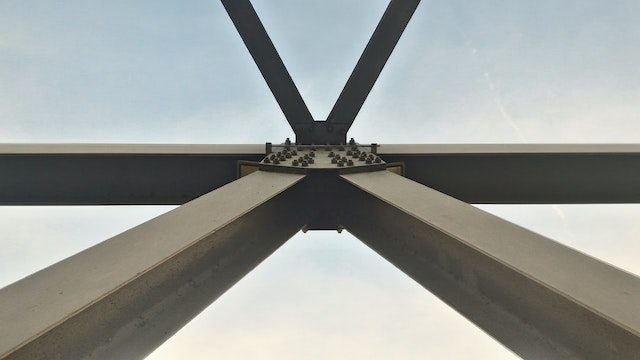
Steel is one of the strongest metals on Earth. If you run a construction company, chances are that steel beams are a material that you purchase on a regular basis.
Knowing about the different types of steel beams ensures that your company uses the right material for every job. This guide will break down the different types of steel beams in layman’s terms. That way you can know which kinds work best for you.
Steel Beam Material Composition
There are many different kinds of steel that compose steel beams. Steel can be mixed with different kinds of metals to make a specific kind of steel alloy. The following are some common types available on the market.
A992/A572-50
This type of steel is the most often used in construction. It is a high strength steel alloy composed of columbium and vanadium. It is very light, corrosion-resistant, and conducive to welding. Its tensile strength is 65 kilo-pounds per square inch.
A588
This type of steel is made using a copper alloy. It is one of the most corrosion-resistant types of steel beams. It is so corrosion resistant that it does not require painting.
It is the best choice when you are looking for a light-weight form of steel that is resistant to corrosion. It has a tensile strength of 70 kpsi, making it stronger than A992/A572-50 steel.
A36
This form of steel is one of the best choices for weldable steel that can also be altered by machinery. This is a less expensive mid-range steel. It stretches well under the application of tensile strength. Its minimum tensile strength is 58 kpsi.
Types of Steel Beams
The shape and design of steel beams are other important factors when deciding which ones work best for your situation. There are also all different kinds of steel beam sizes. The following are some common shapes and designs.
I-Beams
I-beams are also known as the “universal beam”. They look like a capital “I” and are the most common beam found in construction projects. These beams are most often used for structural support and load-bearing purposes.
To determine the exact weight that an I-beam can support, professionals will use a steel beam calculator to conduct analytical measurements.
H-Beams
H-beams are very similar to I-beams but are heavier, thicker, and longer in construction. HP-beams are a specific type of H-beam that stand for H-pile.
These are structural beams that often are driven deep into the ground to support large loads. A common use for H-beams or HP-beams would be building a foundation for a bridge or building.
Junior Beams
Junior beams have a fitting name. They are similar to I-beams but are much smaller and lighter. This makes them perfect for size or weight-sensitive projects.
Wide Flange Beam
The “flange” is the horizontal piece of a steel beam. The “web” is the vertical piece. When looking at a cross-section of a steel I-beam, the flange would be the top and bottom parallel lines of the letter “I”. The “web” would be the vertical connecting line.
Wide flange beams also have a fitting name. These are like conventional “I” beams except that they have a wider flange which changes their shape. Another name for wide flange beams is “W-beams”.
T-Beams
T-beams are shaped like a T, hence their name. This means that they don’t have their bottom flange. They are most often used as a load-bearing beam.
Uses For Steel Beams
Chicago’s Willis Tower is the tallest steel structure in the world. This building was formerly known as the Sear’s tower and dominates the Chicago skyline.
This building is a testament to the engineering miracle that is steel. But steel isn’t only used to make the world’s tallest buildings. There are many other more conventional uses for steel beams as well. From bridges to buildings, to foundations, steel beams form the backbone of most engineering projects. They are used to create sewage systems. They also help build ships and docks. They can sometimes be found in certain pieces of heavy machinery.
They have various applications for the military. Also for the aeronautical and marine industries. They are a cornerstone of all infrastructure around the world. They help create super-highways and tunnels. Chances are if you have a major construction project, you will be using steel beams to complete it.
Where Can I Buy Steel Beams?
Your best bet for purchasing steel beams is to contact a professional steel distributor. Only they have the connections and capabilities to deliver you high-quality steel at an affordable rate for an adequate price. If you are looking for steel beams for sale, you may be tempted to type in “steel beams near me” into Google. Rather than sift through all of the results in hopes that one will work for your company, it is better to just find a name you can trust.
Request a quote from a steel beam specialist to ensure that you are getting only the finest quality steel at an affordable price. Let the professionals handle your materials so you can get back to what’s important: running your construction business.
Many professional steel distributors will give you a great deal on bulk orders. The best candidates can also fulfill rush orders last minute, which makes them a viable partner in the ever-changing and time-sensitive construction industry.
Whoever you choose, you want to find someone who has been in the industry for a long time. They also should have a reliable reputation for service and quality. Most importantly, their prices should be competitive so you always get a square deal.
Across the world, iron and steel make up roughly 95% of all metal produced each year. Steel has applications in various industries due to its strength and hardness.
Any owner of a business that uses steel should know the types of steel beams available and which ones to buy.
Different types of steel beams have advantages and disadvantages over others, so ordering the right kind for your project is crucial.
If you’re wondering what steel beam types you should order, we’ve got you covered. Read on to learn everything you need to know about ordering steel beams!
Types of Steel Beams: Shapes
The shape in which manufacturers produce steel determines the application it will be best for. Knowing the scope of your project will help you choose from the many types of beam steel available.
Though people often use the terms “I-beam” and “H-beam” interchangeably, they are each a slightly different type of steel beam. These steel sections are also known as universal beams. As the name suggests, an I-beam has a profile shaped like a capital “I.”
If the outer sides of the beam, called flanges, are wider than the middle, the beam is instead an H-beam.
Another key difference between I-beams and H-beams is the shape of the flanges. I-beams typically have flanges that taper to an edge, while H-beams have rectangular flanges.
H-Beams vs I-Beams
Universal beams are best for heavy construction due to the shape’s resistance to bending and shearing. I-beams weigh less due to their tapered shape and narrower flanges, but H-beams can usually bear more weight.
Another advantage H-beams have over I-beams is that the production process is simpler. As a result, H-beams are available in much greater lengths than I-beams.
While H-beams can bear more weight overall, I-beams have greater tensile strength or resistance to tension. Higher tensile strength allows I-beams to bear heavier weight in one spot without bending.
Different Steel Compositions
In addition to choosing the right shape for your steel beams, it’s important to consider the material itself. Most commonly, steel beams come in A572, A588, and A36.
A572 steel is a high-strength, low-alloy (HSLA) steel that offers excellent strength for its weight. This steel alloy is a good balance of tensile strength, weldability, and low cost.
A588 is another HSLA steel alloy with even greater tensile strength than A572. In addition to its strength and hardness, A588 steel is manufactured using copper. The inclusion of copper makes A588 extremely corrosion resistant.
A36 is a good grade of steel for lighter jobs where the structure will be painted. Because A36 is a type of mild steel, it is susceptible to rust and bending. However, it is also easier to weld and machine.
Choose the Right Steel Beams
Whatever the project, choosing the best types of steel beams for the job is imperative. We hope you find this guide helpful when shopping for structural steel. Bushwick Metals has over a century of experience manufacturing quality steel sections. Contact us today to find out how we can help you with your steel needs!
